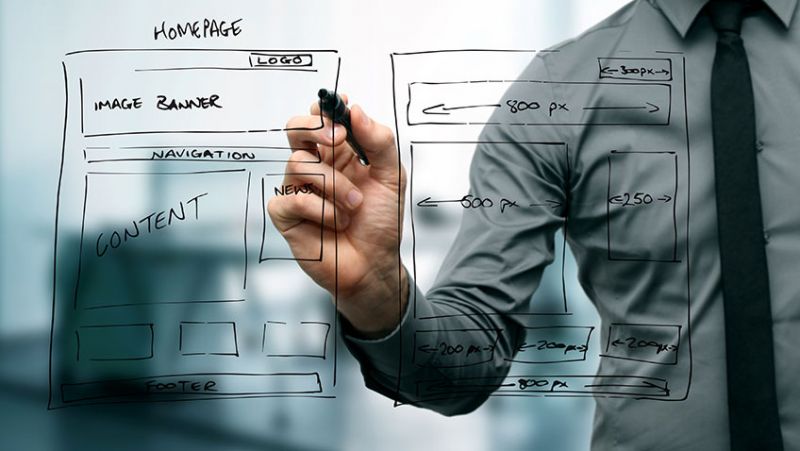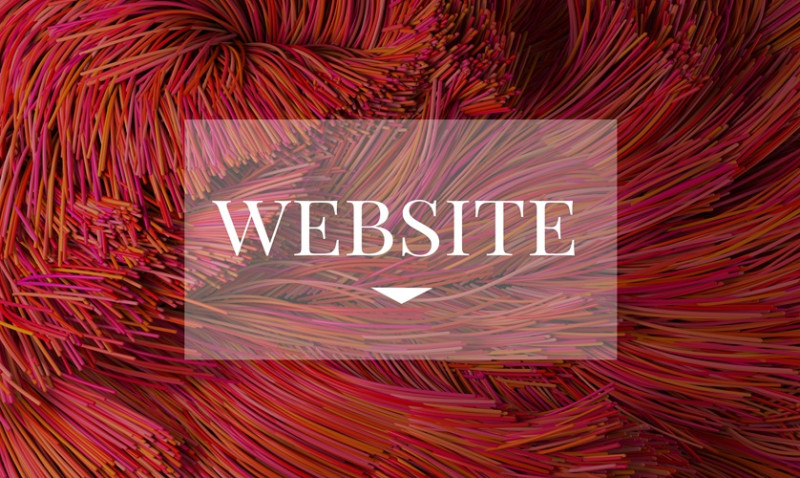
Nowadays, it is safe to say that most of the attention to clients and customers to your business is focused on your website and how it represents you as a company or as a business. There is no doubt that websites have now turned into the main if not the only way people will “meet” your business, get to know it, interact with it. So, there is no doubt you have to put the focus on your website and make sure it is an efficient one that represents your company in the right way and ensures a great customer experience for all visitors and users of the website.
Whenever you are thinking of your website, think of things like does it help customers determine what your business is all about within the first few seconds of landing on the main page, do you have a blog and do visitors easily navigate to it, is the layout of the website user-friendly and easy to navigate, do you have an extremely high bounce rate, etc. You make sure that all these questions and similar ones get a “yes” for an answer and if in your case you answer with a “no” to most of them, then maybe it is time to consider a good website revamp and boost your business and sales with the help of flawlessly looking website that is enjoyed by users and potential clients.
The right website design will certainly optimize your website and contribute a lot to the efficiency and success of your business. Your website needs to have a design that feeds into your website users’ experience, ensures functionality, represents your business appropriately and complements the rest of your content as well as the main marketing strategy for your business. So, what do you need to know in order to improve the design of your website? Here are some handy website design tips that will definitely help you:
Have a Plan
Don’t just start improving your website’s design by doing a little bit here and there. You have to have a good plan right in the beginning and think of what you want to achieve. Your main goal is to ensure your website is effectively meeting the needs of all visitors and clients, therefore, you want to start by mapping out your buyer’s journey. Follow the journey from the first time they visit the website right to the moment they decide to and become a customer. Think of all the pages they are going to view throughout their journey, what they will focus on and pay a lot of attention to, what are the tools they are going to use, the content they are going to read. Considering all these questions and understanding their answers will help you create a website that caters to the needs of visitors and turns visitors into customers, a website that helps nurture leads through the sales funnel.
Remove the Unnecessary from Your Website
There are some elements of your website you may find important, however, they tend to be unnecessary when it comes to your visitors paying attention to them and they mainly distract the users of the website, not contributing to the main message you would like to send and convey through your website. Such elements include complicated animations, too long and heavy content, stock images that do not feel personal and individual to your business, etc. Remember, your audience is expected to spend no more than eight minutes on your website before they decide to leave because they do not resonate with it, therefore you want to make sure you grab the attention of your target audience from the first second they “meet” your main page.
Create the first impression that easily gets the main points across and help visitors understand your business, what you are offering, what are your core values. This can easily be achieved with the help of short but very powerful sections of content that grabs the attention, applicable photos, and icons, all that sectioned by clear and straightforward headlines. Other elements that will additionally muddy your content and make it unclear so you would like to avoid them too are jargon and ambiguous terminology. You should not assume that all people who will become your clients are people who already understand your industry, so you don’t want your content to confuse them and make them leave your website quickly.
Add Social Share and Follow Buttons
Considering the large role the online space and different online platforms play in your marketing strategy and the way you develop and advertise your business, we assume that you don’t rely on your website only and your business is represented by professional social media accounts on different platforms too. Now, it is time to connect all those online places your business can be found at. It is important to give your clients and website users the opportunity to share your content, otherwise, no matter how great content you are producing, it will be wasted and remain limited between the four walls of your website.
You are missing out a lot on social media traffic if you don’t have share and follow buttons on your website, so make sure to include them now. Social media sharing and follow buttons are a great way to organically attract traffic to your website and generate it from people already reading and using your webpage. Such buttons are a great tool that is not too obvious and does not push your visitors to use them, but they encourage social sharing from your buyer personas.
Call-to-action Buttons
Now, your visitors land on your webpage, and now what? Do they know how to navigate, what pages to visit, what to do next? They wouldn’t know what actions to take if you don’t help and direct them. Therefore, you need to add some call-to-action buttons on your website as these will indicate the next step the visitors should take when on a particular page. However, do not just spam your website with such buttons and tools but rather make sure you are using the ones that actually and properly nurture your visitor and users.
The Right Images
There is no doubt that not every image will fit the message you are trying to send through your website as well as the overall brand image of your business. Therefore, it is important to choose the right images that represent your business in the right way and resonate with your target auditory. Generally, you are recommended to avoid the use of extremely stocky images that do not add any personal touch to your website and simply look to generic and not genuine. Ideally, you would like to use images that portray the real images of your clients and customers, photos that represent your business personas. These are the ones that will evoke trust in your potential clients and customers and will encourage them to get to know your business further.

